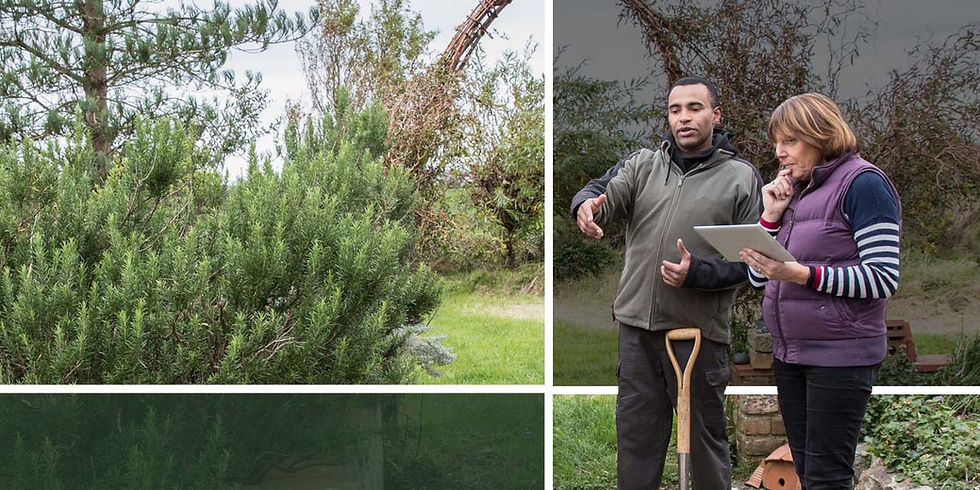How to plant fall bulbs
- Rooted in Nature

- Nov 15, 2022
- 2 min read
Updated: Apr 30, 2024
Fall-planted flower bulbs, such as tulips, daffodils, crocus, hyacinths, scilla, and snowdrops, which bloom in spring, are loved by both beginner and master gardeners alike. They are easy to grow, so gardeners can put all the effort into the fun part of gardening – designing!

First, read the label: Try to keep the label together with the bulbs until planting. Without the label, you can't tell the red tulip bulbs from the white tulip bulbs just by looking at the bulbs.
Choose where to plant: You can plant bulbs just about anywhere in your garden, as long as the soil drains well. The Dutch say, "bulbs don't like wet feet." So, avoid areas where water collects, such as the bottom of hills. Bulbs like sun, and in many areas, the spring garden can be very sunny since the leaves on the trees are not out yet. So keep in mind when planting in the fall that you can plant in many places for spring blooms.
Prepare the planting bed: Dig soil so it's loose and workable. If it's not an established garden bed, chances are the soil could use the addition of some organic matter such as compost or peat moss, available at most local garden retailers. Loosen soil in the planting bed to a depth of at least 8”. Remove any weeds, rocks or other debris. You can mix in compost, other organic matter or slow releasing fertilizer if your soil lacks nutrients.
Plant: Depending on the bulb, follow the recommendation on the label for planting depth. As a general rule, plant big bulbs about 8" deep and small bulbs about 5" deep. Set the bulb in the hole pointy side up or the roots down. It's easy to spot the pointy end of a tulip, and tougher with a crocus. If you can't figure out the top from the bottom, plant the bulb on its side, in most cases, even if you don't get it right, the flower will still find its way topside.
Water: Now that the bulbs are planted, back fill with soil over the hole, lightly compress the soil but do not pack it. Water once to stimulate root growth and to fill any air pockets. There is no need to water continuously unless you live in an area with low precipitation in the winter months.
Now all you have to do is wait for warm spring weather and blooms!



Comments